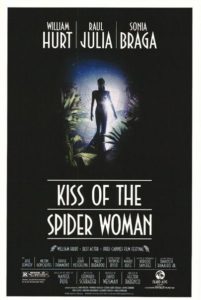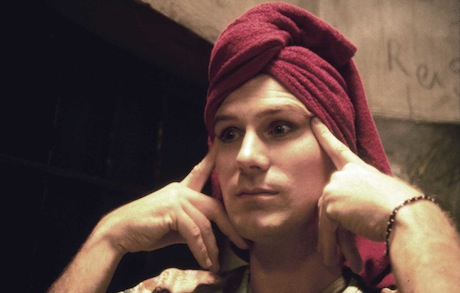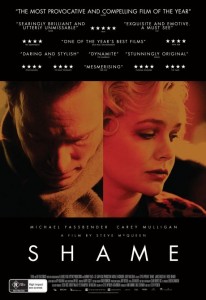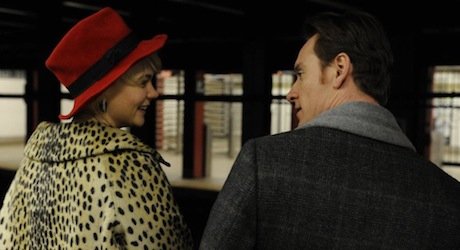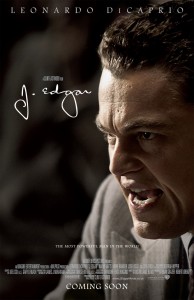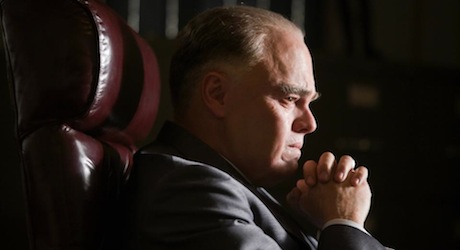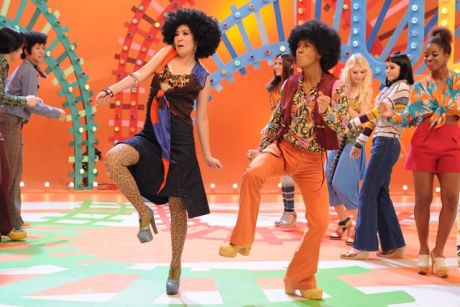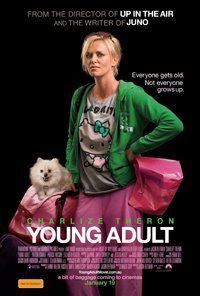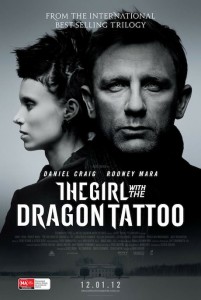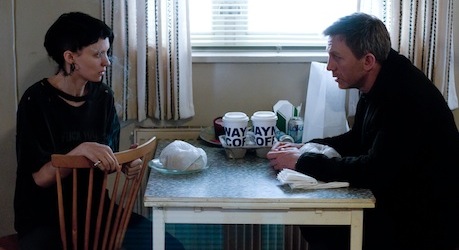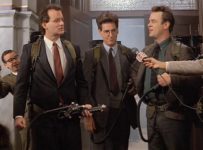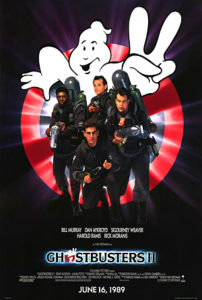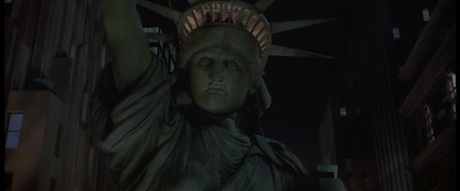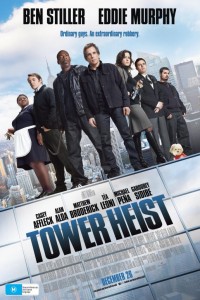Liam Neeson takes his very particular set of skills, and combines them with Joe Carnahan’s own penchant for the grimmer realities of survival, unleashing a truly gripping tale.
[stextbox id=”grey” caption=”The Grey (2012)” float=”true” align=”right” width=”200″]
Director: Joe Carnahan
Writer(s): Joe Carnahan, Ian Mackenzie Jeffers
Runtime: 117 minutes
Starring: Liam Neeson, Dallas Roberts, Frank Grillo, Dermot Mulroney
Distributor: Icon
Country: US
Rating: Better Than Average Bear (?)
[/stextbox]
Joe Carnahan is not exactly known for his subtlety. His debut feature, Blood, Guts, Bullets and Octane could readily be used as a description of his career, with Narc and particularly Smokin’ Aces throwing low-key out the window in favour of face-slappingly good explosions. Liam Neeson, once known for Schindler’s List and Michael Collins, has taken a definite turn in his career of late, and the pair’s ill-fated team-up on The A-Team could have been a career killer for both of them. Yet this latest outing, based on Ian Mackenzie Jeffers‘ novella Ghost Walker, brings out their best.
Hunter and tracker Ottway (Liam Neeson) is in Alaska, ostensibly to keep the wolves away from the oil-drilling encampment. When the plane carrying him and the group of oil-drillers crashes in the Alaskan wilderness, they must pull together in order to survive. Their efforts to overcome the adverse conditions are put to the ultimate test when they are targeted by a pack of wolves that are none too happy about these humans encroaching on their territory.
The Grey isn’t going to revolutionise the way you think about killer wolf movies, if you think about them at all, and this is certainly not the first time that man has gone against nature. Yet there is a rawness to The Grey that takes you by surprise as much as the wolves do in the middle of the night. Likewise, the scenery chewing Neeson of late has been replaced here by a contemplative one, a troubled soul given to internal monologues and poetry recital just as much as he is about crushing skulls. We never learn much about the other characters, including an almost unrecognisable Dermot Mulroney, but this is not simply because they are perfunctory in nature. There is an element of that, of course, but it is mainly because Carnahan and Jeffers’ script rarely pauses long enough for this kind of reflection. When it does, it’s because any tranquility earned is about to be snatched away.
Carnahan manages to maintain this air of tension throughout, sometimes with the merest possibility of a wolf attack. The speed at which the wolves attack is the best weapon in his arsenal, but the threat is a holistic one. Wolves are largely done practically, with unnaturally monstrous beasts a combination of the real thing, animatronic and CGI wolves. The howling in the background, often scarily close, sometimes builds into a cacophony of sound that chills to the bone. The only time when the film is less than gripping is, ironically, during the more conscious set-pieces of action, including traversing a ravine and swinging from tree tops. These are all fine pieces, but they start to take us away from the claustrophobic terror of the woods.
Either way, this is a film that puts both Carnahan and Neeson back on the map as serious contenders again. Neither have made as nuanced a thriller as this in years, and while it may not necessarily break any new ground, it does cover its familiar turf with expertise. Be sure you stay until after the end credits, as there is additional footage that will change your perspective on the otherwise ambiguous ending.
The Grey is released in Australia on 16 February 2012 from Icon.



